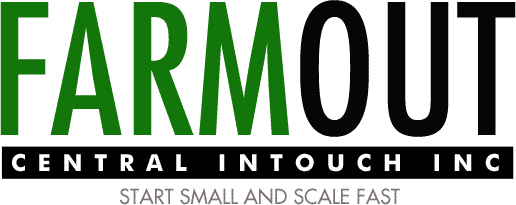The Top 10 Call Center Scheduling and Staffing Buzzwords
Are you familiar with these terms? These are very essential in any call center operations environment.  Here are the top 10 call center scheduling and call center staffing buzzwords:
- Workforce optimization (WFO) technology brings together and reports on many different functions within the enterprise – from the call center to the back office. A WFO suite typically includes tools for workforce management, quality monitoring, liability recording, coaching and eLearning, performance management, surveying and speech analytics. WFM tools make scheduling of agents and agent monitoring more efficient.ÂÂ
-  Shrinkage is a measure of how much time is lost in the call center to things like vacation, breaks, lunch, holidays, sick time and training. Often defined as a percentage, it is calculated by first defining what will be included and then defining how much time is needed for these things.
- Erlang B is a modeling formula used in call center scheduling. It can estimate the number of employees needed in any given call center and the number of trunks needed to handle calls during a one-hour period. The formula can be used to calculate either busy hour traffic (BHT), blocking or lines if you know or predict the other two. ÂÂ
- Erlang C is a modeling formula used in call center scheduling to calculate delays or predict wait times for callers. The formula is based on three factors: the number of call center agents providing service, the number of callers waiting and the average amount of time it takes to serve each caller.
- An automatic call distributor (ACD) is a telephone facility that manages incoming calls based on the number called and a database of handling instructions. ACDs are often used to validate callers, forward calls, make outgoing calls, gather user statistics and provide other services.ÂÂ
- A trunk, or line, is designed to handle many signals simultaneously and connect major switching centers in a communications system. The data transmitted can be voice, data, computer programs, images, video or control signals.
- Auxiliary time refers to the time a call center agent is unavailable but not working on any contact-related task. Auxiliary time can be tracked with codes that indicate how the agent’s time was spent. Call center agents may abuse this time if they do not have a target in this area, and some companies have policies in place requiring agents to log out only once per day, at the end of their shift, so unavailable time can be tracked.ÂÂ
- A 24-7 call center is always running, and scheduling can be very complex. Many 24-7 call centers use remote agents, contract help and shift roation to cover the additional hours. WFM applications can be helpful when it comes to shift creation for a 24-hour call center operation.
- Call volume refers to the amount of calls that come into a call center. Call volumes fluctuate throughout the day and many factors can impact volumes. Predicting call volume is an important part of call center scheduling.
- The call center night shift can be very difficult for call center agents. Many agents have found that the best way to deal with the night shift is to get into a routine by establishing set working hours, sleeping hours and “everything else” hours. It often takes a number of weeks to adjust to the new schedule, but most call center agents say the night shift works for them as long as they stick to their routine. In addition, many night shift agents request extra work to fill the off-peak hours when things are very quiet. (TechTarget.com)

